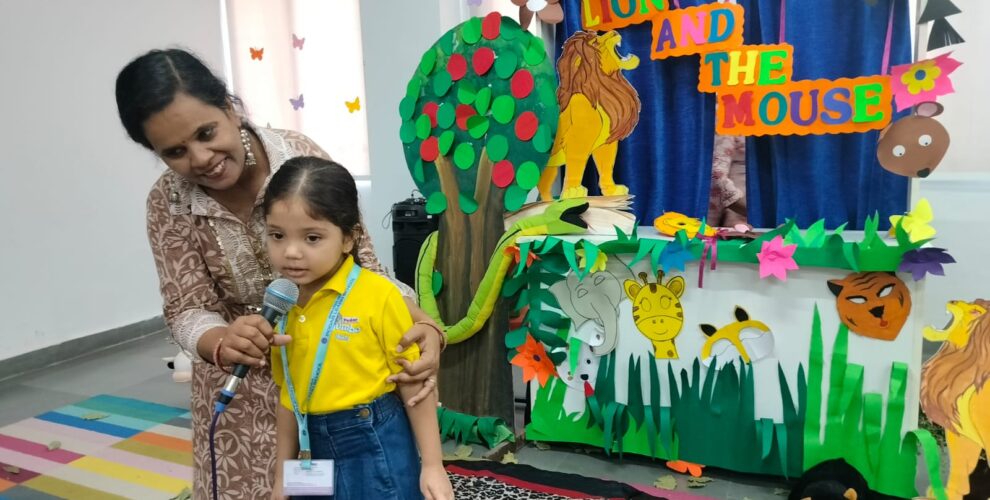How to Know Your Child’s Learning Style

Different Learning Types & How to Know Your Child’s Learning Style
The phrase “learning styles” describes the many methods by which children take in, process, and remember knowledge. Every child learns best via meaningful experiences that involve doing, touching, and moving. Children also pick up knowledge by hearing and seeing. You’ll start to notice preferences and strengths in your child as they grow, which will provide you with some insight into their preferred learning method.
While it’s important to support your child’s strengths, keep in mind that giving them challenges will help them develop as well. There are several areas in which your child can succeed. Offer your child a range of experiences, so that he or she might discover new hobbies and abilities that will broaden their perspective on the world.
Visual learners absorb information by sight. Youngsters who receive information visually often look to adults for cues, such as explanations and demonstrations, and they also often read body language and facial expressions. They frequently think in visuals and have strong imaginations. They might become distracted in a classroom with too much activity or movement. Written instructions can help older children who read, understand verbal directions better.
Hearing is how auditory learners pick up new skills. Youngsters who receive information auditorly learn best by taking part in conversations and discussing issues. Written instructions or information can be better understood when given verbally. A peaceful atmosphere may be ideal for children with this strength to study in, as excessive noise can be distracting.
Touch is how tactile learners pick things up. Youngsters who are more tactile are drawn to projects or activities that involve using their hands. To help with remembering, your youngster might choose to sketch or doodle.
Kinesthetic learners pick up knowledge by doing and moving. Youngsters who are more kinesthetic learn best via their senses; therefore they could find it difficult to stay still for extended periods of time. Your kid learns best when you use a hands-on approach that lets her actively explore her physical surroundings.
How do you determine your child’s learning style?
The first step in learning anything about your child is observation. Every child has an innate learning style, which varies depending on the individual. Children evaluate how well their brain takes in, processes, and comprehends information when it is presented to it in a particular way. Since no child is aware of their learning style, it must be discovered via observation of their approaches, failures, and other patterns that they adopt to learn. One may learn how a child studies most effectively and efficiently by determining their talents, limitations, preferences, and learning obstacles.
By considering your child’s interests – You can do this by observing your child’s behaviours, preferred activities, hobbies, and drive for learning. Some children love music, while others love movies, and some enjoy going out to play and make new things.
Observing your child’s facial expressions – One of the best ways to understand your child’s learning process is to look at the way they express themselves in daily life. While visual learners watch facial expressions and make their emotional disclosures, auditory learners can be observed attempting to converse and read aloud. Kinesthetic learners attempt to perceive everything with their hands and are highly tactile.
Observing your child’s approach to problem-solving – During problem-solving, auditory learners get into the habit of talking to themselves. They are frequently observed murmuring while they search for answers. Visual learners are adept at identifying oddities and solving problems using their eidetic recall. Kinesthetic learners search for answers by experimenting with objects with their hands.
A lot of your child’s behaviour reveals a great deal about their interests and cognitive abilities. At Greater Noida Podar learn School we have experienced and professionally trained teachers to understand the same. teachers plan their lessons keeping in mind individual need of every child . Parents must provide support and work on their child’s learning style to enable them to fully develop and flourish once they are aware of it. It promotes a child’s overall development by assisting with their academic, professional, interpersonal, and personal progress.
